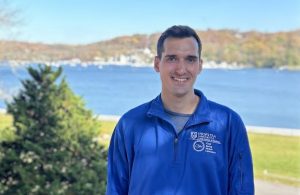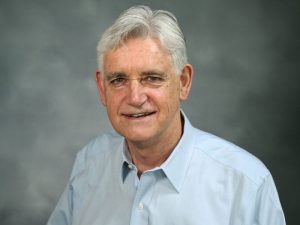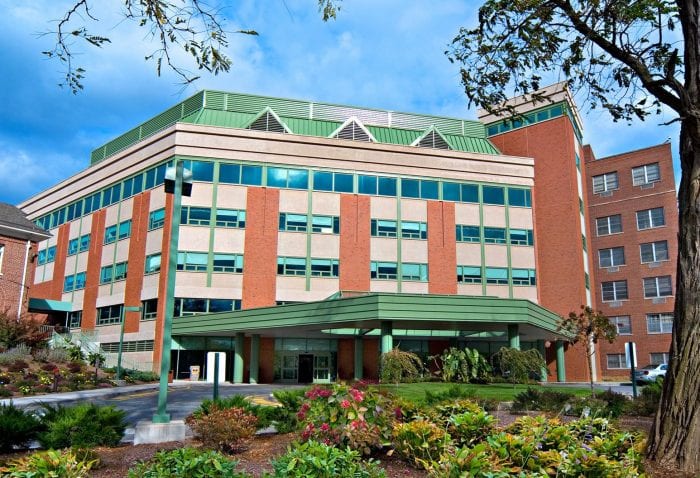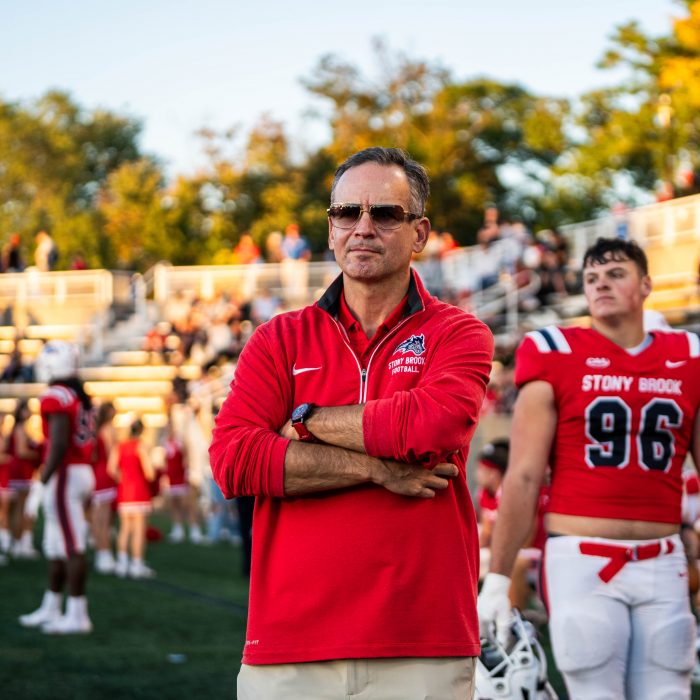By Daniel Dunaief
Ten graduate students and postdoctoral researchers stepped outside their familiar surroundings at Cold Spring Harbor Laboratory into a different campus and discipline recently.
As a part of the inaugural Bioscience Business Innovation Program, these developing scientists spent a week working with a collection of business professors at the Frank G. Zarb School of Business at Hofstra University, where they learned a range of subjects such as financial planning, intellectual property, leadership and project management.
The program, which will include a second week of training in March, is designed to teach developing scientists about market validation, Food and Drug Administration processes, and the creation of business models. The program also teaches leadership, team building and communications, which could help researchers who enter the pharmaceutical or biotechnology fields after they leave CSHL.
The goal is to “familiarize these new researchers on several aspects of business, marketing, finance, and management” which will help them consider the potential commercial application of their work, said Anoop Rai, Finance Professor at Zarb and one of the instructors in the Bioscience Business effort.
Indeed, in applying for some grants for startups from agencies like the National Science Foundation, researchers need to answer questions relating to growth, profitability and a target market.
“A knowledge of business is probably very important in that sense,” added Rai.
Scientists often have an interest in developing an innovation that could be useful for society, whether that’s a drug to treat a disease, a test to monitor health, or a new product. Such efforts need to “be marketed to become successful,” Rai said. “This group may, at some point, try and make [their findings] into a successful venture.”
Scientists would benefit from knowing about business in case they move to the next stage in their research or business development. To be sure, a two-week course offers an opportunity to learn and to develop an awareness of the business world, but doesn’t provide a comprehensive formula for success. The students will “get a feel more on the venture funding side, not so much on the complete running of a business,” said Rai.
Still, at the end of the program, the CSHL researchers will have an opportunity to make a pitch alongside a law student and a MBA candidate that a group of experts will evaluate. These pitches will require a basic understanding of business.
Student experience
Some of the students, who put most of their research aside for a week to immerse themselves in intensive training from a host of lecturers and experts, felt they have already benefited from such instruction.

One of the biggest take-home messages for PhD candidate Stephen Staklinski, who works in the lab of Professor Adam Siepel, involved understanding the consumers of any future product.
In research, Staklinski reads papers and looks for information that’s missing in the field. He rarely communicates directly with people who might be affected by any future discovery until a project is well under way. With a business viewpoint, he gained a new perspective he feels he can integrate effectively into his research.
Staklinski recognized the value of talking to physicians and cancer patients about some of their biggest issues. He sees the benefit of these open communications about how to serve patients who are battling various conditions.
In his current research, Staklinski builds statistical probabilistic models around the human genome. Specifically, he’s looking at molecular sites in RNA and is searching for targets that lead to metastatic processes. In working with experimental collaborator, Staklinski said he can “think about therapeutics to block this.”
Viet Hang Le, a postdoctoral researchers in the lab of Professor Linda Van Aelst, felt she received an introduction on how to develop fundamental research findings towards making new therapies.
“We got to learn about the laws and policies involved” in creating a new company, said Le. On the clinical safety side, she also learned how new products maneuver through health care and reach patients.
Her original curiosity was to see how research findings could lead to real-life treatments. Understanding business fundamentals opens more career options.
Indeed, even if Le and her colleagues continue to conduct research, she feels she can communicate more effectively with industry partners. It also whet her appetite for more business learning.
“It really bridges the gap between our background in fundamental science and the requirement for an MBA course,” Le explained.
She is working on two projects in Van Aelst’s lab. In the first, she is studying early onset epilepsy, which is a symptom of an X-linked intellectual disability in patients carrying a mutation in the gene Oligophrenin 1.
In the second, she is exploring how the nervous system influences the progression of cancer in main tumors and metastatic tumors.
“We built a hypothesis on how different branches of nerves might increase the growth of cancer,” said Le. In Van Aelst’s lab, they are working with primary breast cancer and liver metastasis.
Originally from Dan Nang, Vietnam, Le spent a number of weeks during several summers as a part of the US Navy Pacific Partnership delivering medical treatment to medically underdeveloped areas in the country.
Through her lab work and any budding business interest, she would like to figure out how to deliver medical care to patients who might struggle with the financial or logistical challenge of affording care.
By connecting with experts who’ve negotiated various obstacles, “I’m gaining a clearer sense of how to streamline the path from discovery to patient care, cutting down unnecessary costs and time without compromising safety,” she said.























